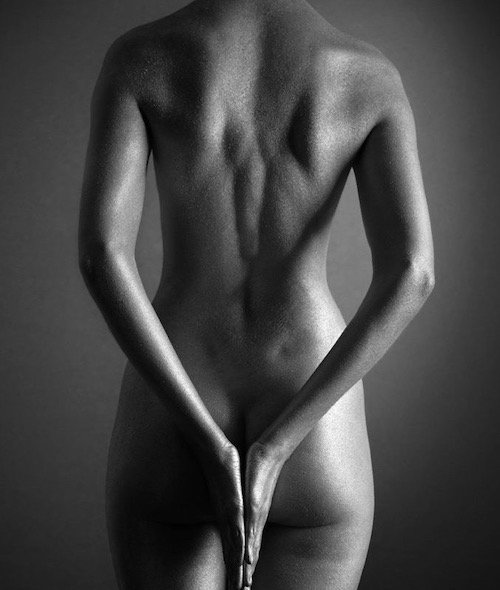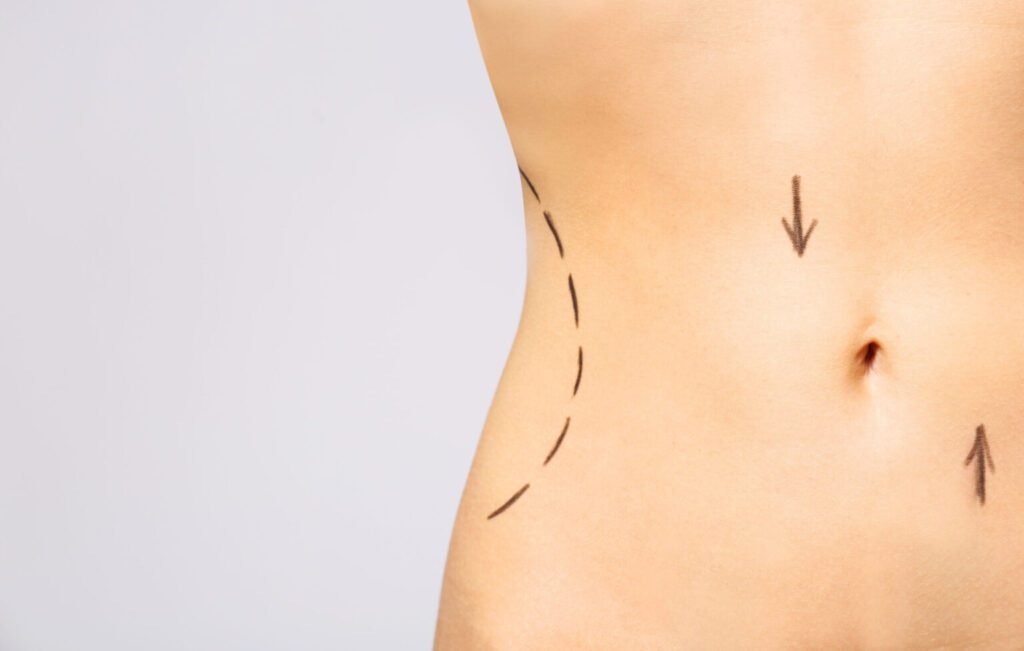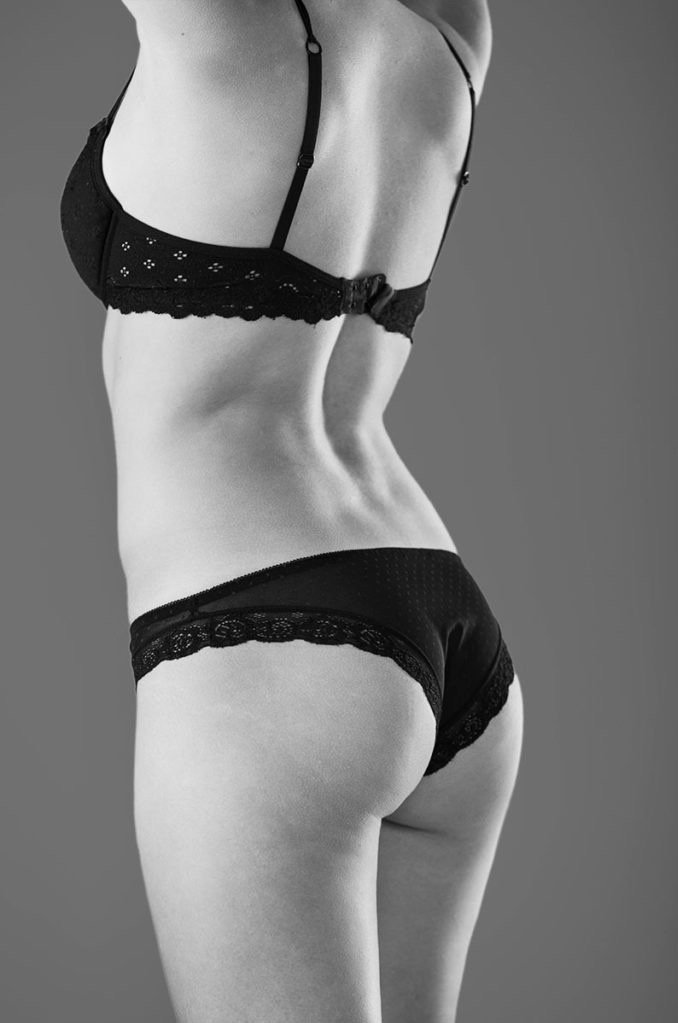- About
- Face & Skin
- Cellulite treatment
- Excessive sweating in women and men
- Facial and skin treatments
- Facial Surgery
- Hydrafacial treatment
- IV drips (vitamin infusions)
- Laser treatment
- Lip Lift
- Mesotherapy (skin structure )
- Special Offers by TREMP PLASTIC SURGERY
- Treatments with Skin Ceuticals
- Wrinkle and facial treatments with botulinum
- Wrinkle and facial treatments with filler
- Face
- Breast
- Body
- Offers
- Blog
- Contact
- EN
- DE
The body lift is a combination of abdominoplasty, buttock lift and thigh lift. During the body lift (body tightening) the excess skin is removed. Occasionally the procedure is performed with liposuction. If desired, the liposuctioned fat can be reused and injected into the buttocks, for example, for an improved shape.


Reasons for excess skin?
A strong weight loss (e.g. 50 and more kg) in a short period of time, such as after bariatric surgery or simply through consistent diet and exercise, leads in many cases to excess skin appearing almost all over the body.
Many patients find this unsightly and may also suffer from problems such as chronic skin inflammation as well as reduced body activity.
Upper and lower body lift?
A distinction is made between upper and lower body lift. For patients with excess skin on the upper arms, side chest and breasts, an upper body lift, better known as a “chest lift” is performed. For patients with excess skin on the abdomen, hips, buttocks and thighs, a lower body lift is used. The procedure can be supplemented with liposuction (Vaser technology) and Renuvion J plasma (internal skin tightening).
Are the results of a body lift long-lasting?
The chances of a lasting result are good provided that the body weight remains stable.
We motivate you after the operation to eat a balanced diet and do regular physical activity. During the autologous fat treatment, a certain percentage will be dissolved again. If you smoke, you should stop smoking 4 weeks before and after the operation.
Which scars remain visible?
The operation-related scars are placed in such a way that they can be concealed in the bikini zone or swimming costume. If the silhouette is in good shape, the scar is usually not a problem and can be treated well by a scar treatment programme (radiofrequency microneedling, autologous blood treatment).
Do I have to lose weight first before the procedure?
If you as a man have a BMI over 32kg/m2 or as a woman a BMI over 30kg/m2, then you should first try to reduce the weight by means of nutritional counseling and regular exercise.
Do I have to tell them what medicines I am taking?
You must inform the attending doctor about any secondary illnesses and medications. If you are taking blood-thinning medication such as aspirin, you should stop taking it 10 days before the operation, otherwise the risk of bleeding is increased.
What are the risks of a body lift?
Possible complications are haematoma, excess scarring, circulatory problems or infections. The exact risks are discussed in detail during a preparatory consultation with the doctor. A temporary feeling of numbness usually normalises after 12 – 24 months and is hardly a problem for the patient.
How long does the incapacity for work last?
An inability to work of about two weeks must be expected. In the case of heavy physical work, the loss of working hours can be up to 4 weeks.
What do I need to bear in mind after the operation?
From the 5th postoperative day, you should start manual lymphatic drainage or ultrasound treatment (15 treatments in total). In addition, you can start radiofrequency treatments from the 5th week, so that the skin recedes well. We will provide you with a compression suit, which you should wear for about 4 weeks. Stitches will be removed after about 14 days. Light sports activities such as walking or cycling can usually be resumed after 4 weeks once healing is complete. We recommend a scar massage after 6 weeks.
How much does a body lift cost?
The effective costs of a body lift depend on the type and extent of the respective procedure and can only be determined during a consultation.
Is the procedure paid for by the health insurance?
The procedure is usually cosmetic and is not covered by health insurance.
Do you have questions about body lifting?
Contact us for a meeting.

July 19, 2024

